The illusion of advantage: US reciprocal tariffs and Bangladesh’s exports
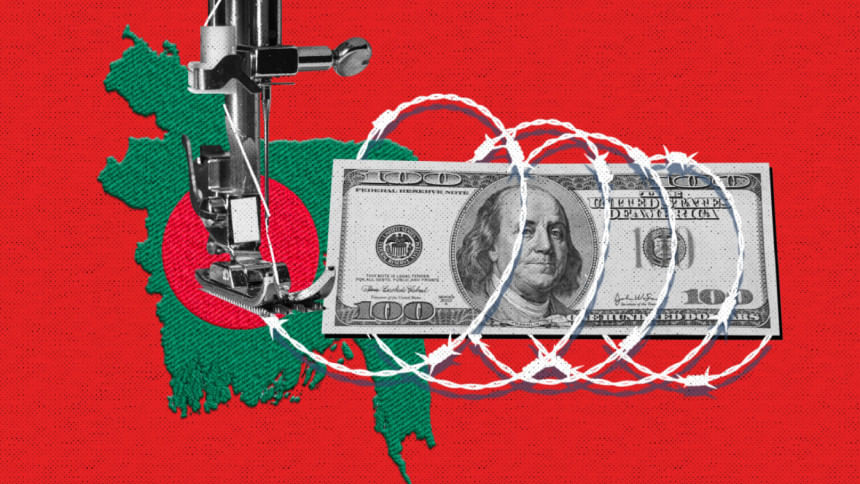
At first glance, the outcome that Bangladesh secured in the new American regime of so-called reciprocal tariffs appears to be a success. While China continues to face a 30 percent tariff, and India an even harsher rate of 50 percent, Bangladesh landed in the relatively lighter bracket of 20 percent. Unsurprisingly, many have viewed this as a position of strength for our exporters in a market that remains their single largest destination. Some tend to believe that with such an advantage over key rivals, Bangladesh's shipments to the US should expand.
Yet, the reality is more complex. While differential tariffs do reshape competitive advantage, as proven by Bangladesh's success in garment exports under the Least Developed Country (LDC)-specific duty-free regime in the EU, UK, Japan, and Canada, the unprecedented rise in overall US tariffs is more likely to contract demand, limiting export expansion. Therefore, what looks like a relative gain can translate into a loss once the overall size of the American market begins to shrink.
Prior to reciprocal tariffs, four percent of Bangladesh's exports had duty-free access; these are now subject to a full 20 percent duty. More than half (53 percent) of Bangladeshi exports previously faced 15–20 percent US tariffs, which will now escalate to 35–40 percent. Before reciprocal tariffs, 12 percent of exports were subject to tariffs of above 25 percent; these items will now be hit with 45–60 percent.
For example, Bangladeshi export items such as men's/boys' trousers and shorts, with export receipts of about $1.5 billion and $750 million, respectively, in 2024, now face 36.5 percent duties in the US, up from 16.5 percent. Men's trousers of synthetic fibres, with an export value of $260 million, face tariff hikes from 28 to 48 percent. Sweaters and pullovers made of man-made fibres, with $160 million in exports, face a tariff rise from 32 to 52 percent.
Although tariffs are collected at the border, their impact passes through wholesalers and retailers, resulting in higher prices for shoppers. Importers push part of the duty forward while pressing foreign suppliers to absorb some of the increase through lower quotes. For an industry where profitability rests on single-digit margins, any further squeeze on net prices could be devastating and even lead to cessation of supplies.
Higher retail prices reduce the willingness to buy, and orders will likely be scaled back. Uncertainty over prices and supply-side issues can make American importers and consumers more conservative. The effect would be a contraction of the US apparel market with smaller runs and thinner inventories. Exporters facing the steepest duties lose shelf space first, but even apparent "winners" gain little. In a shrinking market, gains in share can get offset by reduced demand and tougher bargaining from buyers demanding lower prices and stricter compliance. Relative advantage translates into harsher terms of trade.
Nor do the consequences remain confined to the United States. Rival suppliers, losing the US market, will turn to Europe and elsewhere, crowding segments and pushing down prices. Even where Bangladeshi firms have strong presence, they may have to accept reduced margins to defend volume.
If there were any doubt about these possibilities, model-based exercises provide confirmation. A recent assessment by Research and Policy Integration for Development (RAPID), drawing on simulations with the Global Trade Analysis Project (GTAP) framework, shows the US apparel market may shrink by around 12 percent, equivalent to nearly $10 billion. Bangladesh's shipments to the US are set to fall by 14 percent, or about $1.25 billion, of which $1.08 billion is apparel alone. Cambodia, Pakistan, and Sri Lanka also register double-digit losses, while India and China suffer much steeper declines. Given ongoing US–India negotiations, if India secures a reduced tariff of 20 percent, Bangladesh's export decline to the US could deepen to 18 percent.
The implication is clear: even when rivals are hit harder, the contracting size of the market leaves little scope for Bangladesh to turn relative positioning into growth. In the EU, Bangladeshi apparel exports may expand by about two percent, but only with falling prices.
The tariff shocks in the US are set to intersect with Bangladesh's forthcoming LDC graduation, resulting in the loss of international support measures. This double trouble calls for a strategic response focusing on building export competitiveness.
In the immediate term, cushioning measures are needed for firms most exposed to the US market. Temporary credit lines, export refinancing facilities, or targeted marketing assistance can provide breathing space, allowing viable firms to ride out the shock without losing customers.
Yet cushioning alone will not suffice. While there cannot be a substitute for the US market, diversifying destinations is now imperative. Compared to China, India, or Vietnam, Bangladesh's export volume is minuscule, which means new market opportunities can help offset any potential export loss. Given the impending LDC graduation, securing the EU's Generalised Scheme of Preferences Plus status with a relaxation of safeguard measures on apparel must now be the top priority. Parallel efforts with Japan through a Free Trade Agreement already under negotiation, with Canada for extended LDC-related preferences, and with other partners for improved access cannot be overemphasised.
Market diversification, however, is only half the story. Product diversification and upgrading are equally pressing and often preconditions for further success. Along with low-end cotton garments, moving into higher-value segments, expanding exports of synthetics, and developing non-apparel lines could reduce vulnerability. These shifts require investment in quality, design, technology, innovation, and compliance, supported by policies that encourage upgrading at the firm level.
Trade negotiations form another strand of response. Breakthroughs with Japan and the Regional Comprehensive Economic Partnership can secure market access in dynamic economies and help integrate into East Asian supply chains. But progress in this regard will require the government to reduce dependence on trade taxes for revenue collection. Rationalising tariffs would help reduce the disadvantages exporters face from high trade protection and would incentivise investment in export-oriented industries.
Underlying all these measures is the broader reform agenda encouraging competitiveness. Exporters need reliable energy supplies, efficient logistics, modernised ports, and credible compliance with sustainability standards if they are to survive in a harsher environment. As emphasised in the government's Smooth Transition Strategy for LDC graduation, investments in skills, technology adoption, and productivity-enhancing industrial policies are essential for withstanding external shocks.
The choices ahead are not about celebrating relative gains or lamenting lost advantages. They are about recognising that the rules have changed, and survival depends on adaptation and improved competitiveness. The future of the export engine will be decided by the resolve at home to prepare for a trading system where preferences are thinning and competition is harsher than ever.
Abdur Razzaque is an economist, serving as chairman of Research and Policy Integration for Development (RAPID). He can be reached at [email protected].
Views expressed in this article are the author's own.
Follow The Daily Star Opinion on Facebook for the latest opinions, commentaries and analyses by experts and professionals. To contribute your article or letter to The Daily Star Opinion, see our guidelines for submission.

 For all latest news, follow The Daily Star's Google News channel.
For all latest news, follow The Daily Star's Google News channel. 

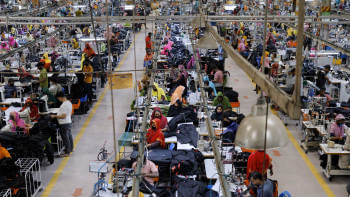



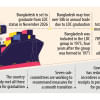
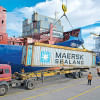



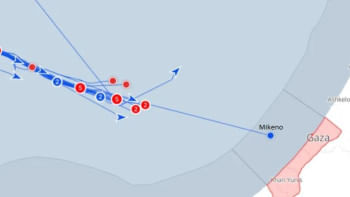
Comments